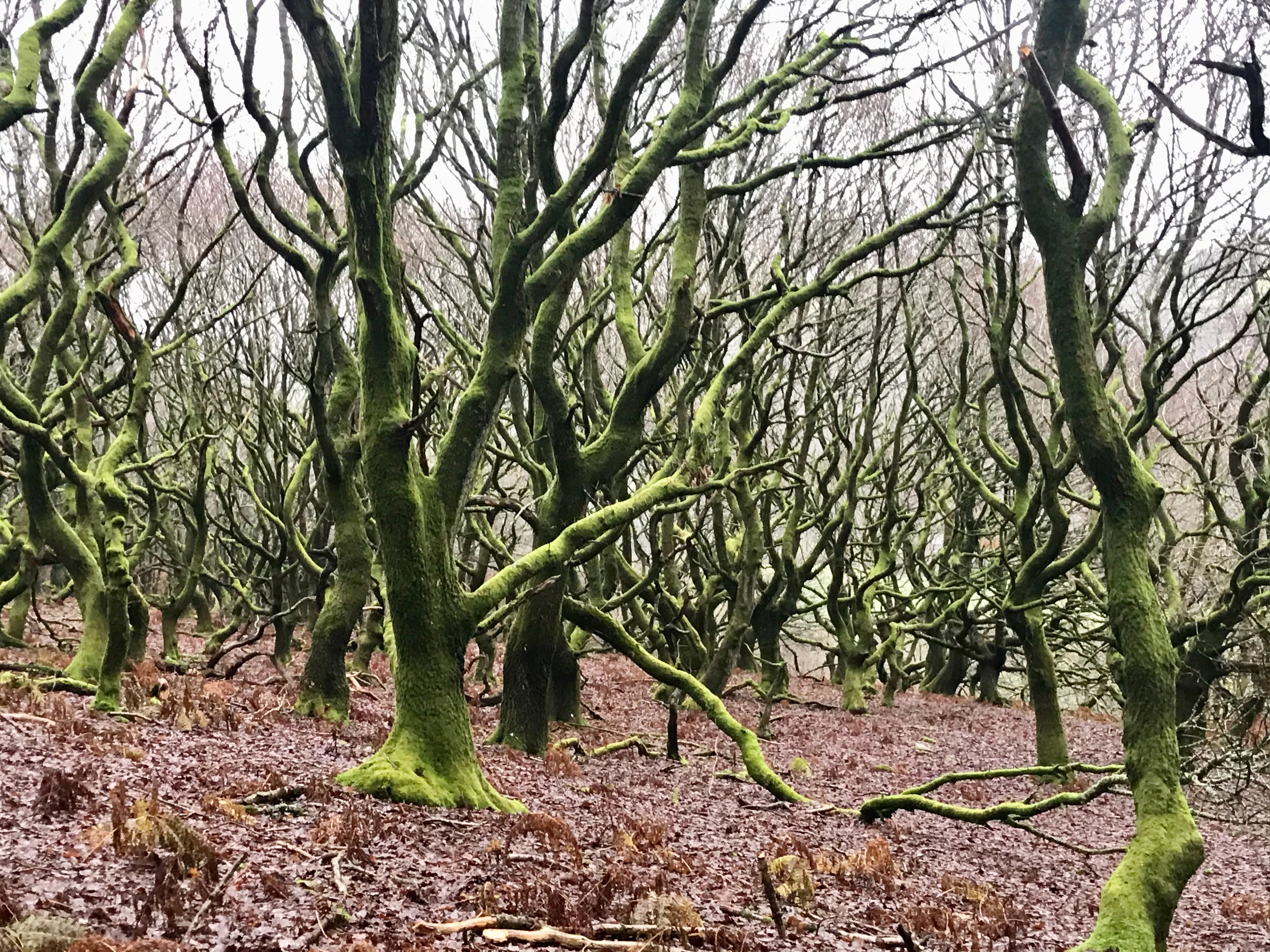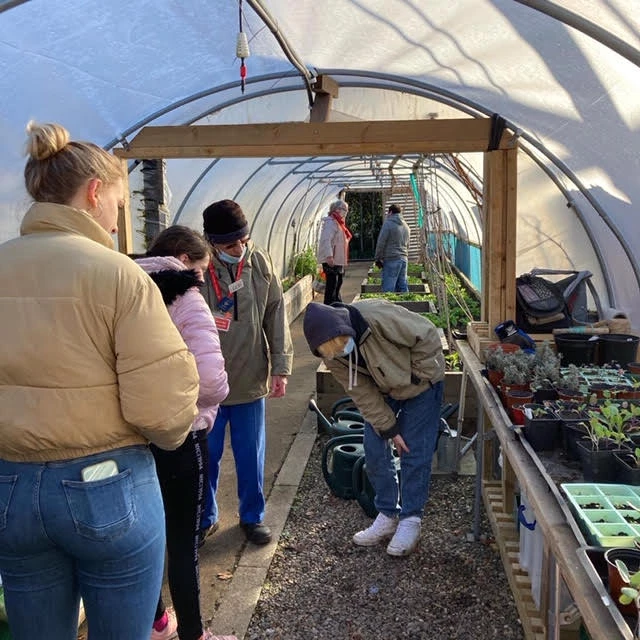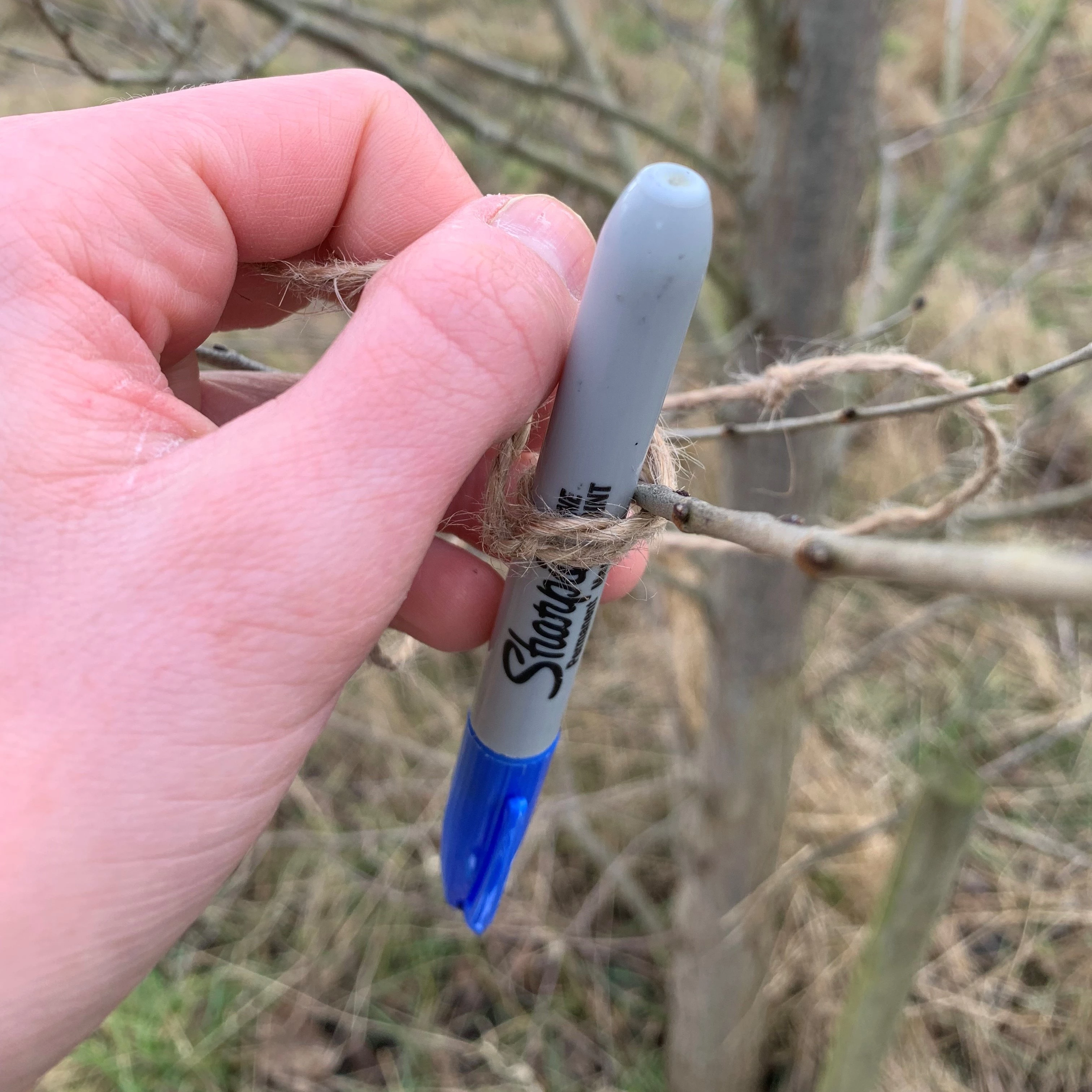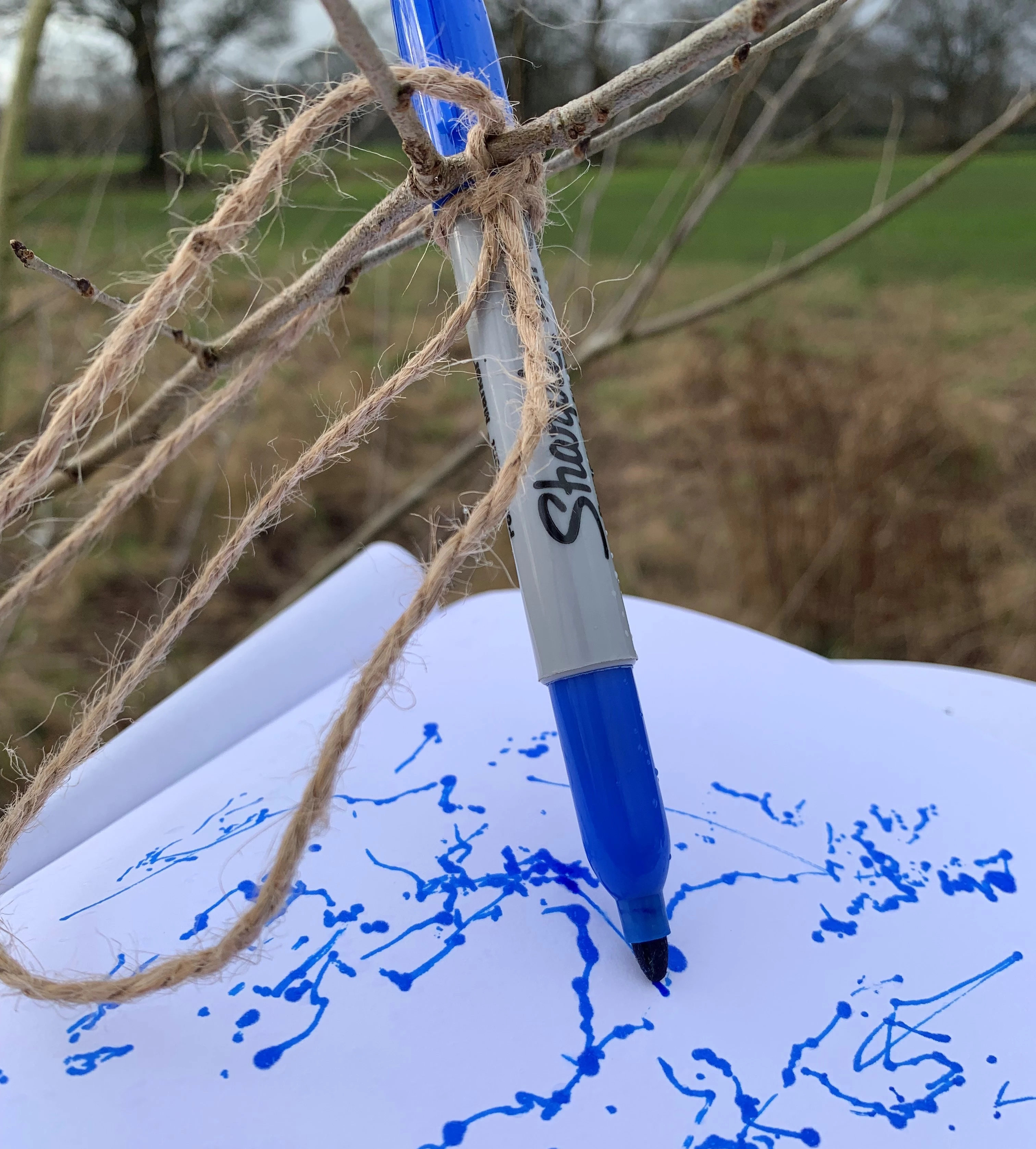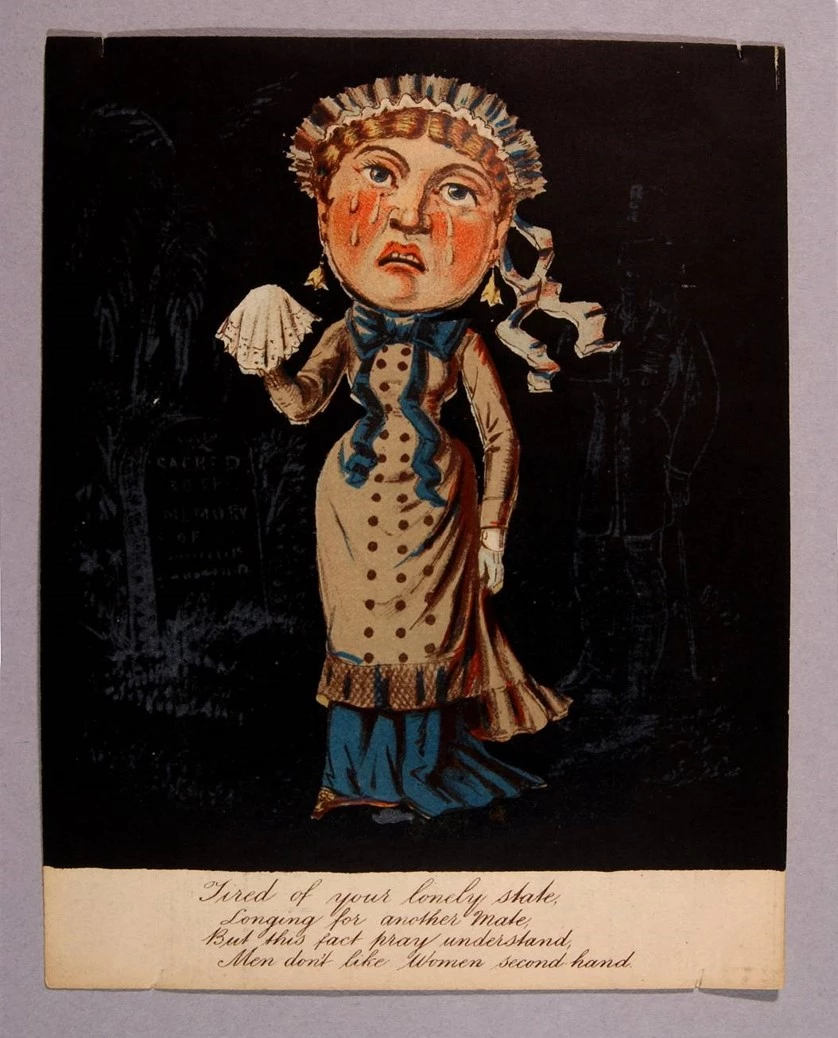Winter of Wellbeing: That time I lay in the woods for an hour: Nature connection, wellbeing and young people
, 10 Mawrth 2022
I plunge my face into the leaf litter on the forest floor and take in the earthy aroma: a sweet mix of damp decay and mossy greens. Have I gone mad? Quite possibly, but no more than most; stuck in a modern world that doesn’t quite make sense, worried too much about too many things, and rarely remembering to stop, look up and breathe. Down here, hidden in this hollow, under a canopy of gently swaying oaks, cheek pressed into the dark rich soil, I actually feel more normal than I have in a while.
Truth is, I woke up fairly miserable this morning. Sadly, it’s not uncommon, and frustratingly, it’s often not clear why, or what has caused it. As a result, I tend to focus on what I can control and change. Sometimes, that means a change of scene.
Nature Connectedness and the Wheel of Wellbeing
Recently, since working on the Winter of Wellbeing Programme (WoW), it has got me thinking more about what makes me well. At the same time, separately, I have been reading a lot into the power of Nature Connectedness. So, with both of these in mind, I wrapped myself up and headed to the nearest clearing of trees. I am fortunate to have this on my doorstep.
‘Nature Connectedness’ is the sort of thing that is easy to dismiss as a bit ‘flowery’, but there is an increasing body of evidence showing the restorative power of Nature, the value of access to nature, and crucially, the importance of feeling a connection with nature. In fact, there is a whole research group at the University of Derby working on just this.
As part of the WoW project, we have been using the ‘Wheel of Wellbeing’ as a way of understanding and measuring the elements that make us feel well: Body (be active), Mind (keep learning), Spirit (give), People (connect), Place (take notice), Planet (care). It became clear to me that each of these elements can be nourished through time in nature, something I am keen to explore through the WoW project, as well as through my own forays into the forest!
The benefits of a connection to Nature
Nature is a profound teacher and healer, and a sanctuary for those fortunate enough to access and connect with it. When you spend time in Nature, it almost instantly creates a physical change in you - reducing levels of stress, lowering blood pressure, helping you focus and concentrate - as well as a number of other tangible and well documented positive effects, especially around mental health.
These benefits are amplified the more we feel a connection to Nature. Sadly, for many, Nature remains hidden or unnoticed, and their feelings of connection hang by a thread. This is particularly true amongst young people, especially teenagers, where there is a natural dip in connection with nature, just when they might benefit most from the improved physical and mental health associated with Nature connection; to free themselves from social anxieties and find some identity, security and meaning in the otherwise manic world around them.
Five pathways to connection
A crucial step, of course, is finding a ‘way-in’ for young people, both physically and emotionally. Many don’t have easy access to nature in the first place, or have little interest, even if they are surrounded by it. Meaningful and lasting connections can’t be forced. They must be made in our own time and in own way. Yet, there are a few things that can be done to facilitate and encourage this. Even urban environments are bursting with life, which means you don’t have to be in a forest or beautiful flower meadow for Nature to cast its spell. Sadly, most of us have lost the knack of noticing, so rarely dedicate time to truly see and appreciate Nature.
To help open up our eyes and minds, and bring us closer to nature, the University of Derby have developed 5 pathways to greater connection (https://www.derby.ac.uk/blog/5-ways-closer-nature/):
-
Contact – multisensory, tangible experiences
-
Beauty – Engaging with the aesthetic ‘awe-inspiring’ qualities of Nature.
-
Meaning - thinking about the meaning and signs of nature and what they mean to individuals.
-
Emotion – Finding and exploring emotional bonds with, and love, for nature
-
Compassion - Extending the self to include nature, leading to moral and ethical concern
These were consistently found to be important and effective at making people feel closer to nature, which makes them useful for individuals, educators and practitioners when thinking about the sort of activities and exercises that will create connection with Nature.
The Natural Health Service
Even amongst those who would consider themselves connected to Nature, like myself, it is all too easy to forget to nourish it, to go back to the source and refresh now and again. Perhaps we need to view it as less of a luxury and more of an essential part of our human existence, where we are part of Nature rather than separate and sanitised. That is why it is great to see moves towards green social prescribing in the NHS, including research and pilot projects in Wales.
With all of this in mind, back in the middle of my own mini wellbeing crisis, it is tempting to stay a little longer here in this earthy embrace, let a few more winter leaves fall and settle on my back. By the time I finally pull myself up and dust myself down, I have totally lost track of how long I have been here and realise I should probably get back - I’ve still got work to do after all! But now, at least, with moss in my hair and flecks of mud on my cheek, I feel in a slightly better state to tackle it.

